The UK’s coastguard has stopped landing its helicopters at 23 hospital helipads across Scotland, citing safety concerns.
The move, affecting major hospitals in places like Aberdeen, Dundee, Edinburgh, and Glasgow, follows a review sparked by a tragic accident in Devon in 2022, where a woman was killed by the downdraft from a helicopter landing.
Bristow, the company that operates the coastguard helicopters, made the decision in line with new safety rules from the Civil Aviation Authority (CAA).
A recent Safety Action Notice issued by Bristow explained: “The Air Accident Investigation Branch (AAIB) report into a fatal downwash accident at Plymouth Derriford Hospital makes several recommendations to address safeguarding measures that need to be in place at hospital helicopter landing sites (HHLS) used by NHS Scotland.”
Which Hospitals Are Affected?
Some of the busiest hospitals in Scotland are impacted, including:
Aberdeen Royal Infirmary: 58 coastguard landings between May 2022 and May 2024
Stornoway’s Western Isles Hospital: 52 landings
Edinburgh Royal Infirmary: 21 landings
Glasgow’s Golden Jubilee: 20 landings
The suspension has left hospitals needing to find alternative ways to manage helicopter landings in emergencies. A Bristow safety report highlights the danger posed by helicopter downdraft and the need for larger safe zones around helipads. It states: “CAP1264 makes it clear that a downwash zone for large helicopters should extend 50-65 metres from the edge of a ground-level hospital helicopter landing site.”
How Are NHS Boards Coping?
Even though coastguard helicopters can’t land at these sites for now, Scottish Air Ambulance and charity-run air ambulances are still able to use the helipads. NHS boards are working on contingency plans, and in some cases, helicopters are being redirected to nearby airports. For example, NHS Western Isles is now using Stornoway Airport, which is about four miles from the hospital.
An NHS Western Isles spokesperson reassured people, saying: “In over 30 years of operation, there have been no incidents relating to physical injury as a result of the location of the helipad at Western Isles Hospital. However, we acknowledge and accept the recommendations of the AAIB.”
NHS Grampian, which runs Aberdeen Royal Infirmary, is also working closely with Bristow to improve safety at the site. A spokesperson said: “More than 260 helicopters land safely at our Foresterhill site each year, and we are committed to ensuring our facilities remain safe for patients, the public, and our staff.”
Why Has Bristow Taken This Action?
Bristow has pulled out of 23 hospital helipads in Scotland, including some of the busiest facilities, such as Aberdeen Royal Infirmary, Ninewells in Dundee, and Glasgow’s Golden Jubilee. Their report explains: “We are not currently assured that safeguarding is in place around the HHLS. We are left with no option but to withdraw it from operations for the time being until sufficient measures are made.”
Not all hospitals are affected, though. Hospitals that have already met the required safety standards, and therefore remain operational, include:
Raigmore Hospital in Inverness
Queen Elizabeth University Hospital in Glasgow
Lerwick’s Gilbert Bain Hospital in Shetland
What’s Next?
NHS Scotland is now working to resolve the safety issues raised by the CAA and comply with the CAP1264 guidelines. This document makes it clear that hospital boards are responsible for making sure their helipads meet safety standards. It states: “The NHS Chief Executive Officer (CEO) has overall responsibility for the safe operational management of any HHLS used in NHS patient delivery to hospitals.”
NHS boards are now partnering with Bristow to assess and improve the safety of each helipad. Designated Accountable Managers and Responsible Persons have been appointed to manage safety reviews and carry out risk assessments. The goal is to get the helicopter services back to normal as soon as possible.


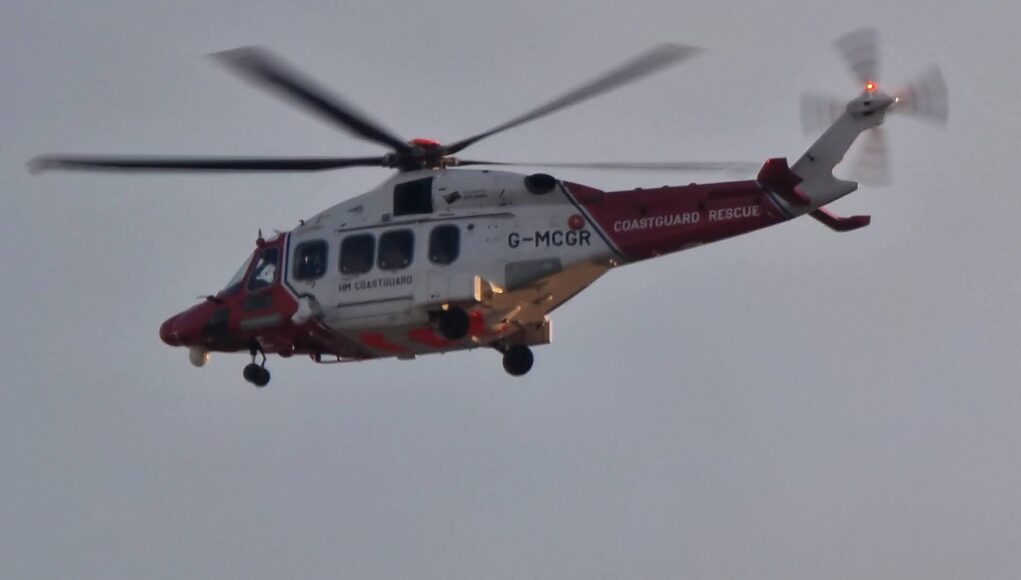
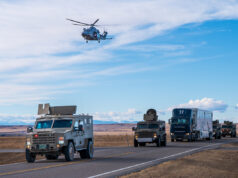

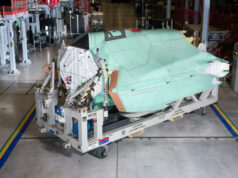
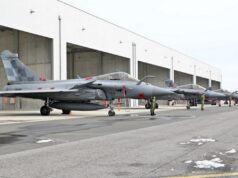


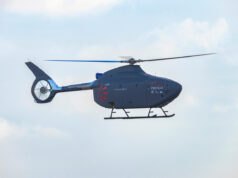
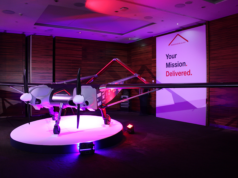
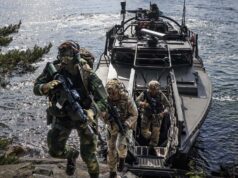


It’s unfortunate, but I can understand why. The coastguard use S92s I believe, and those are far larger than the average air ambulance models that normally use those helipads.
Hopefully they’ll be able to get the necessary clearance zones without too much trouble.
Bristow’s also use the AW189 for SAR too, depending on location, the station near me has these.
Ah, fair enough- is that the one AW are putting in for the future Medium Lift competition?
That would be a fair bit smaller then, probably less of a challenge to get the appropriate clearance in place.
Can’t a temporary measure of not putting people in platform when rotor working be possible?
This is a very old problem that seems to come up now and again. We had to close our helipad because of downdraft issues affecting gardens close to the hospital ( someone’s garden furniture got blown away).
The big problem here is that essentially most hospital landing pads are in pretty confined places, where the rotor is forced over public areas, which is not so much an issue with air ambulances as they tend to be light rotors H135 is the classic, weighting in at 1500kgs..it becomes a bigger issue with the coastguard who are operating medium lift rotors in the 8000 to 9000kg range.
it’s a classic safety balance issue…trying to get a 60meter cordon around a helipad in most hospitals is not going to be possible unless they are specifically designed with rooftop helipads or are in the countryside with lots of space and since we have not bothered building many new hospitals since the 1960s most of our hospitals date from the 1850s to 1960 and are compacted into the middle of urban areas that is not a thing..but if you don’t have helicopters landing some time sensitive casualties will die…sadly in this case I suspect the greatest harm is caused by not landing, but like most things inaction is considered less of an issue than a direct action causing harm.
That is what you get for an H&S regimes that is run by doctrinal purity obsessives.
The balance of harms argument goes out of the window.
So what about the 40 new ones the previous Govt built…. Oh yeah just more hot air. On a serious note I wonder how the death in that incident occurred, I hadn’t realised it was so lethal over such a wide area, must be all those Hollywood films where people just duck their heads a bit put their arm across their jacket fronts and run to or away from them
Re the deaths, that I am afraid is a function of old age that we like to bury..old people die all the time if they are knocked over and old people in the west generally have very bad balance and very poor muscle mass. I’ve investigated incidences of a number of people being killed by automatic doors ( they are actually pretty lethal for old people ) and even once by a dental chair foot rest knocking them over, odd I know but then a few people each year are killed by their duvets, a few by their phones and even some by their custard creams..I always used to enjoy reading the DTIs accident death report each year ( they would collect information on all accidents and injuries from ED department and produce an annual how the British public kill and injure themselves report).
Most people don’t realise that the mortality rate of a fractured neck of femur is up to 35% ( one third of old people who fall and fracture their hip die of direct complications of that fracture within a year).
So essentially for a lot of our frail elderly you can knock them over with a feather, if they fall they have a very high risk of a fractured NOF if they get a fractured NOF they have a 1 in 3 chance of dying.
to put the problem in context each year around 250,000 patients over 60 are hospitalised after falls. Costing around £5 billion a year. Around 30% of people over 60 are considered at high risk of significant injury falls and 50% over 80.
it’s a big old public health problem…poor muscle mass and poor bone density are the biggest indicators of mortality you can have ( a good test is balancing on one leg with your eyes closed…you should last over 8-10 seconds if your over 50) And our Uk diet and lifestyle creates a weak population…we should all be eating around 1g of protein per KG of of idea body weight ( so a 6 foot guy should have close to 200g of protein a day to maintain muscle mass into old age…egg has 6g and an 8oz steak 30-40g) and far less carb…interestingly our modern diet was created to to keep a civilian population going while diverting all the protein to the fighting age men..the problem is we entrenched a high carb low protein diet into our culture..when infact a for an old guy you need a good 800 calories a day should be high quality protein…you should also every second day do a serious muscle building work out…instead we are obsessed with cardio work outs ( when all the evidence is we should be focused on building muscle mass for health).